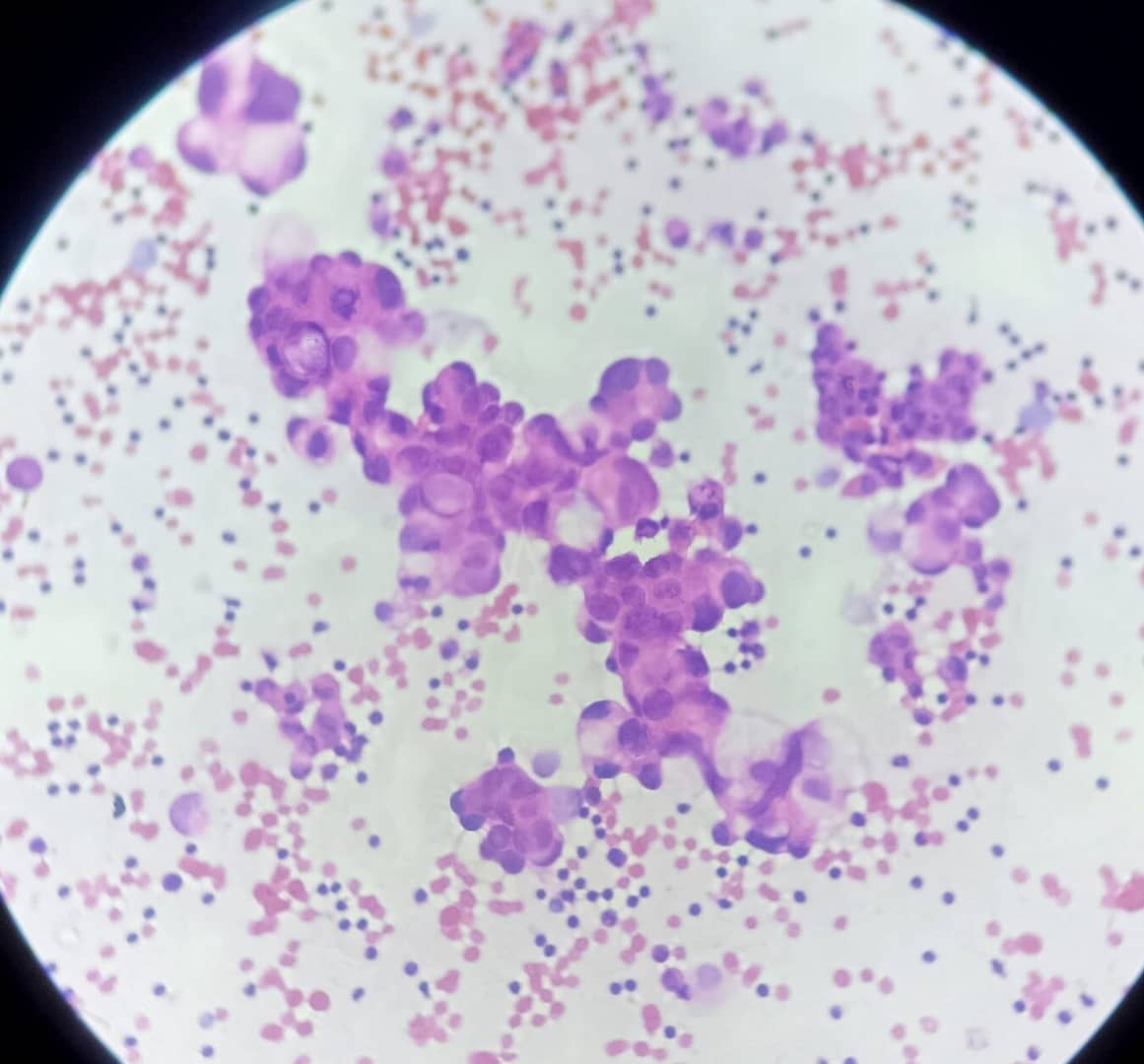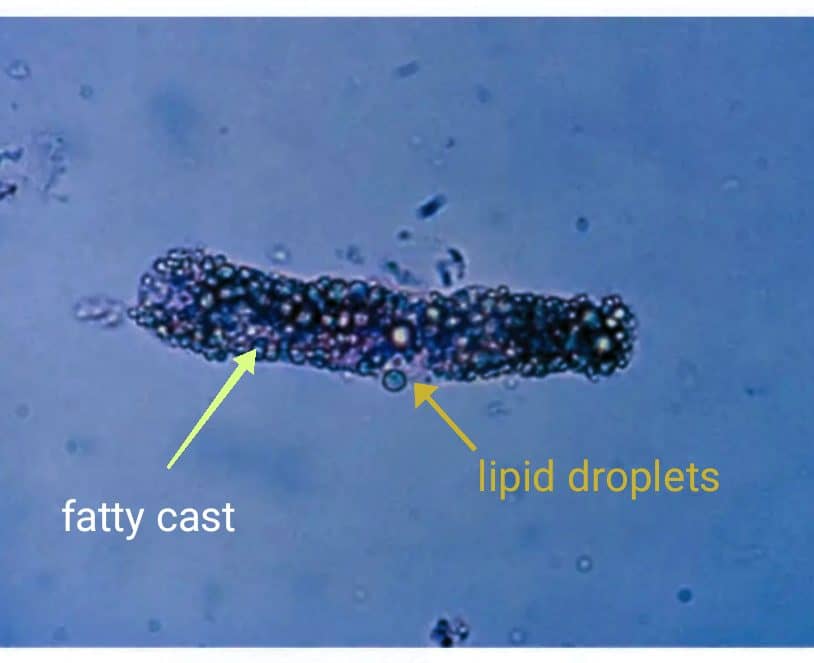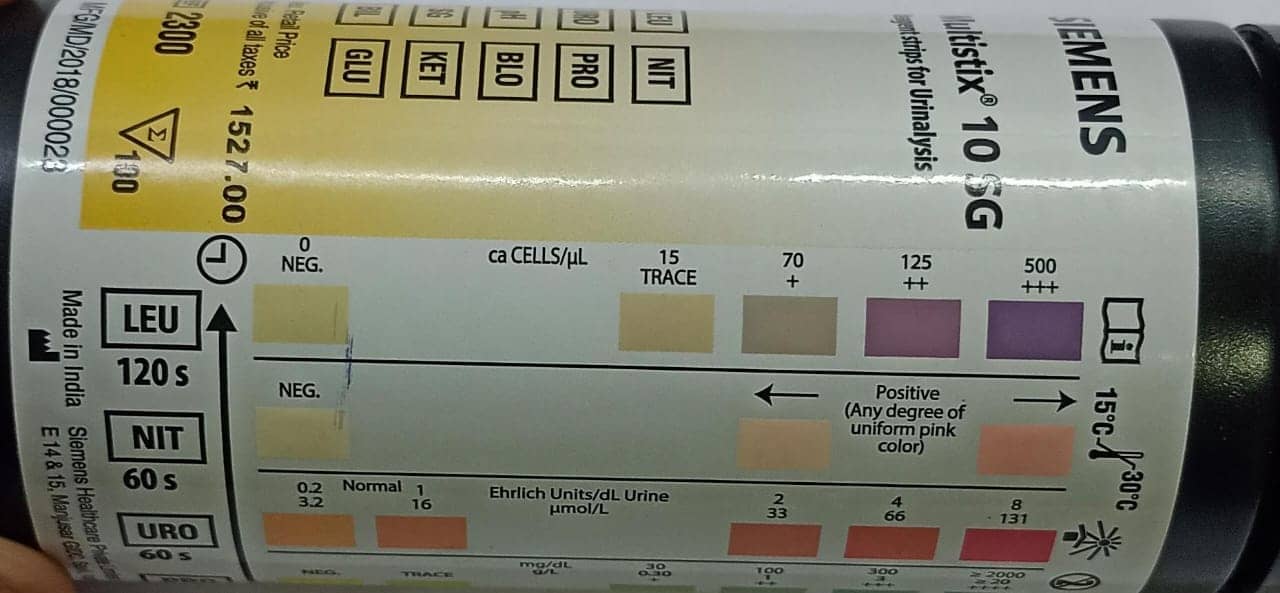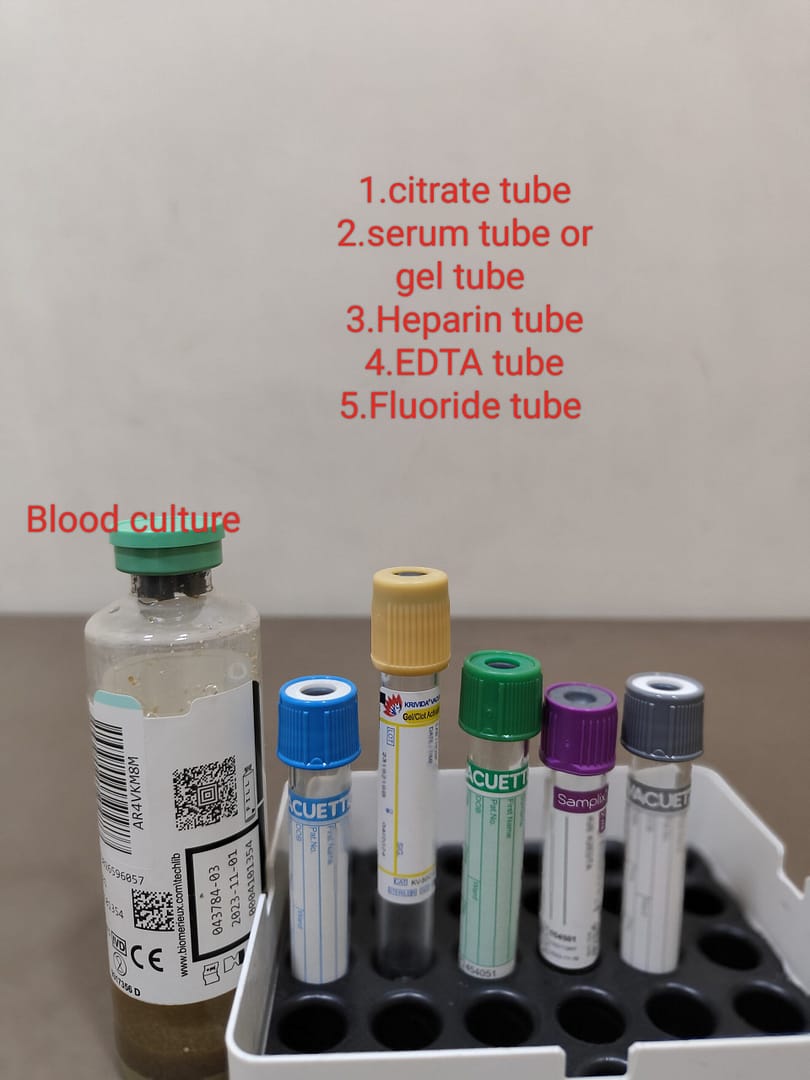Pleural fluid analysis
Pleural fluid analysis aids in identifying the origin of pleural effusion, distinguishing between bacterial, tuberculosis, and viral infections, and facilitating the diagnosis and staging of malignancies. This examination serves as a crucial diagnostic tool for determining the specific underlying cause and guiding appropriate treatment strategies for pleural effusions. Clinical significance: Pleural fluid analysis is a … Read more








